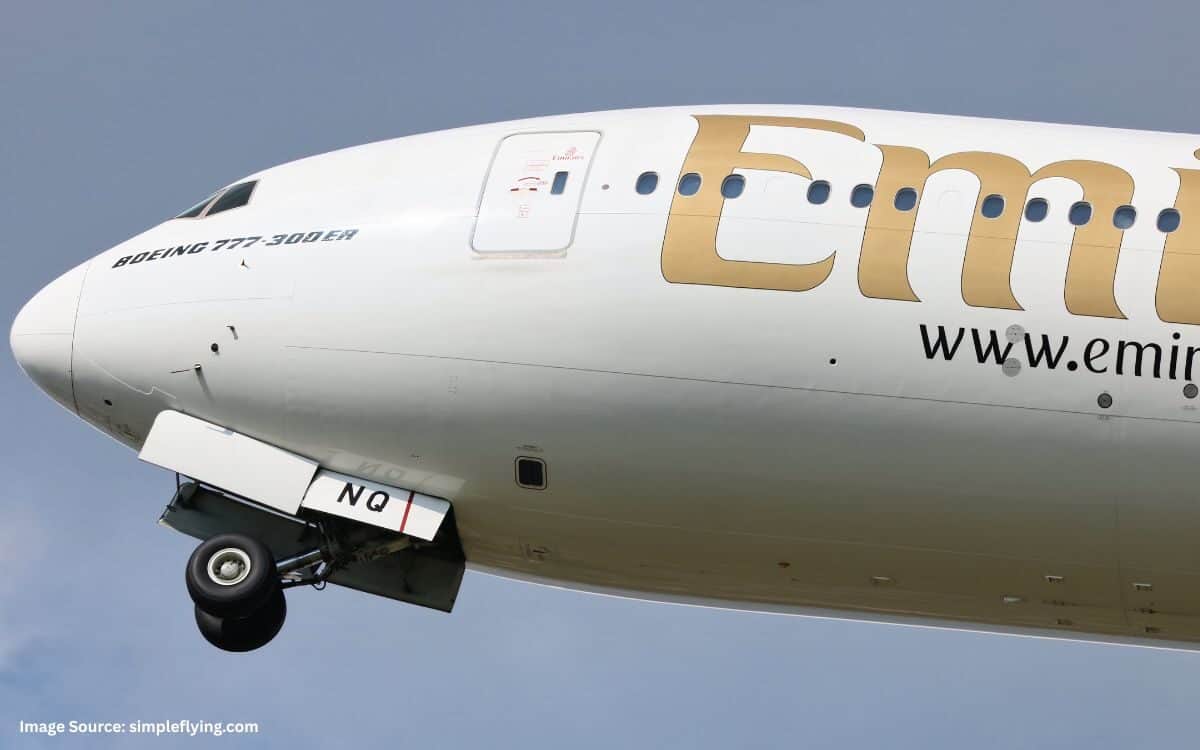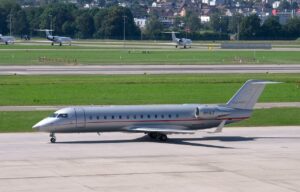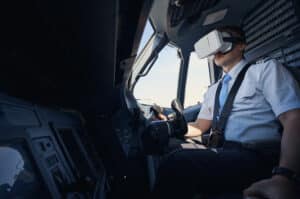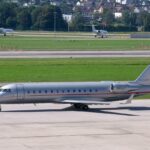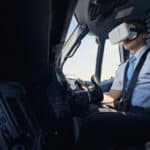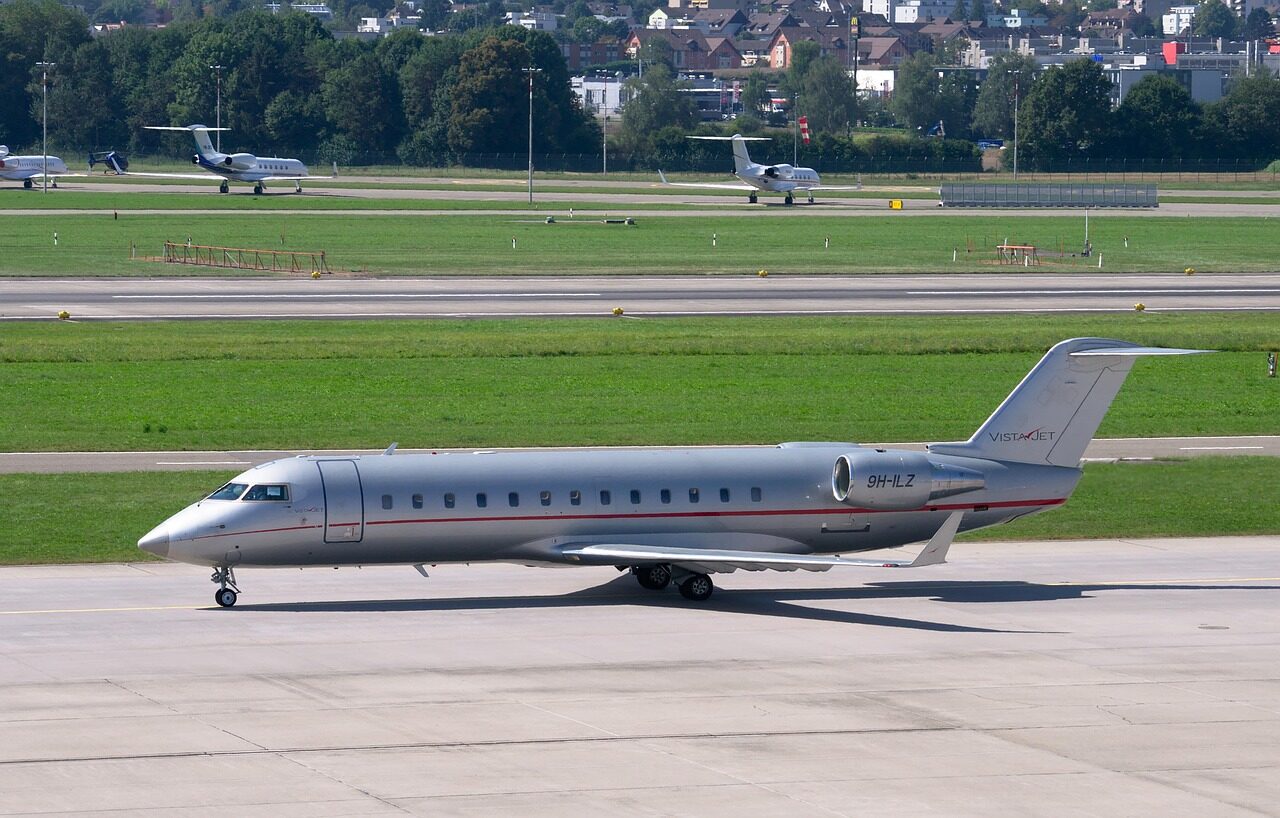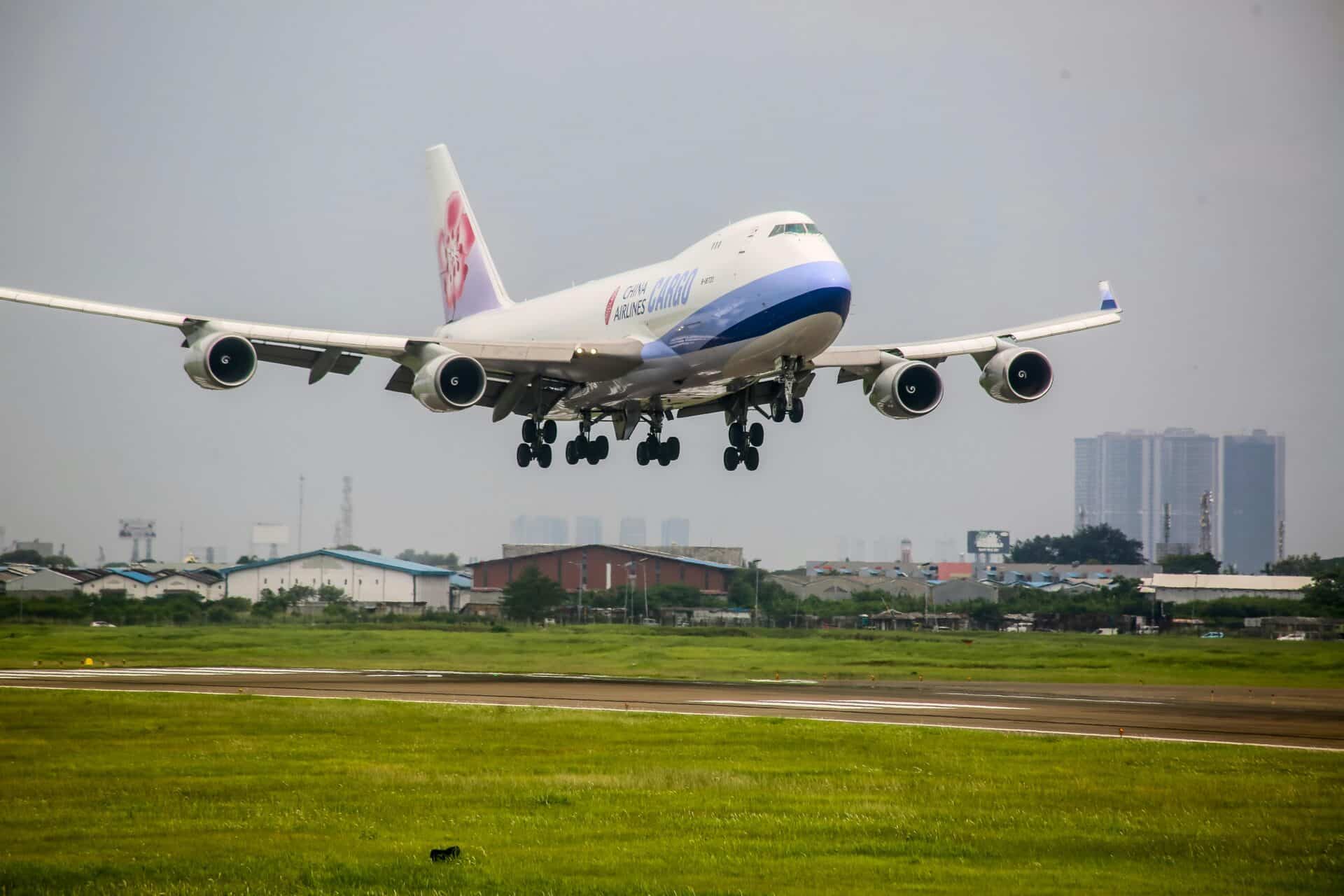The Strategic Vision: Unveiling Aviation’s Hidden Complexity
In the intricate tapestry of international aviation, August 2025 reveals a narrative far more nuanced than conventional wisdom suggests. The United States’ international flight landscape emerges as a sophisticated ecosystem of technological innovation, strategic route planning, and operational brilliance. With approximately 2,400 daily international departures, of which 860 involve widebody aircraft, the aviation industry demonstrates an unprecedented level of complexity and adaptability.
The Counterintuitive Phenomenon of Short-Haul Widebody Routes
Traditionally, widebody aircraft have been synonymous with long-haul, intercontinental journeys—massive machines designed to traverse vast oceanic expanses. Yet, the August 2025 route map tells a radically different story. Drawing from advanced aviation strategies, carriers are deploying these technological marvels on routes as short as 1 hour and 40 minutes, challenging every preconceived notion about aircraft deployment.
Miami to Cancun: A Microcosm of Aviation Innovation
The Miami to Cancun route emerges as the quintessential example of this revolutionary approach. At a mere 1 hour and 40 minutes, this route sees carriers like LATAM and American Airlines deploying sophisticated widebody aircraft—787-8 and 777-200ER—challenging traditional operational paradigms. This isn’t just a route; it’s a statement about the evolving nature of global connectivity.
Emirates: Masterclass in Strategic Route Planning
The Miami to Bogotá route, operated by Emirates using a 777-300ER, represents a profound lesson in strategic route optimization. This isn’t merely about transportation; it’s a multidimensional chess game of aircraft utilization, market targeting, and economic opportunity. The carrier’s decision encompasses:
Maximizing Aircraft Potential: By extending the route, Emirates prevents its aircraft from sitting idle for over 10 hours in Florida—a testament to the financial precision required in modern aviation. The route transforms what could be unproductive ground time into a revenue-generating opportunity.
Market Dynamics: The Miami-Bogotá corridor represents a significant point-to-point market, rich with both passenger and freight potential. Emirates’ strategy goes beyond simple transportation, creating a nuanced ecosystem of transit opportunities.
Freight Considerations: Belly freight becomes a critical component of this route’s economic model. By strategically connecting these markets, the carrier creates additional revenue streams that extend far beyond passenger ticket sales.
Technological Evolution: More Than Just Transportation
Modern aviation technologies have transformed these routes from mere transportation links into complex, data-driven operational strategies. The deployment of widebody aircraft on short routes represents a sophisticated interplay of:
Technological Capabilities: Advanced aircraft now offer unprecedented flexibility, allowing operators to reimagine traditional route structures.
Operational Efficiency: These routes demonstrate how carriers can optimize fleet utilization, reducing idle time and maximizing economic potential.
Market Responsiveness: The ability to quickly adapt routes reflects the aviation industry’s increasing agility in responding to dynamic market demands.
The carrier’s Boston route using 767-300ER aircraft offers another fascinating dimension to this narrative. Operating a 20-weekly service to Massachusetts—with widebody and narrowbody aircraft—Icelandair exemplifies a nuanced approach to route planning that balances capacity, market demand, and operational flexibility.
Economic Implications: Beyond Traditional Metrics
Airline business strategies have evolved from simple point-to-point transportation models to complex, data-driven ecosystems. These short widebody routes represent:
Operational Flexibility: The ability to rapidly adapt aircraft deployment based on market dynamics.
Economic Optimization: Maximizing revenue potential through sophisticated route planning.
Technological Innovation: Leveraging advanced aircraft capabilities to create new market opportunities.
These routes are more than statistical anomalies—they represent a fundamental reimagining of international connectivity. They challenge long-held assumptions about aircraft deployment, route planning, and market dynamics.
The aviation industry in 2025 emerges not as a rigid, predictable system, but as a dynamic, responsive ecosystem capable of continuous reinvention. Short-haul widebody routes become a metaphor for broader technological and strategic innovation.
The shortest US international widebody routes in August 2025 offer more than a glimpse into operational strategies—they provide a profound meditation on human ingenuity, technological potential, and our perpetual desire to connect, innovate, and transcend traditional boundaries.
Author
-
Radu Balas: Author
Pioneering the intersection of technology and aviation, Radu transforms complex industry insights into actionable intelligence. With a decade of aerospace experience, he's not just observing the industry—he's actively shaping its future narrative through The Flying Engineer.
View all posts Founder

